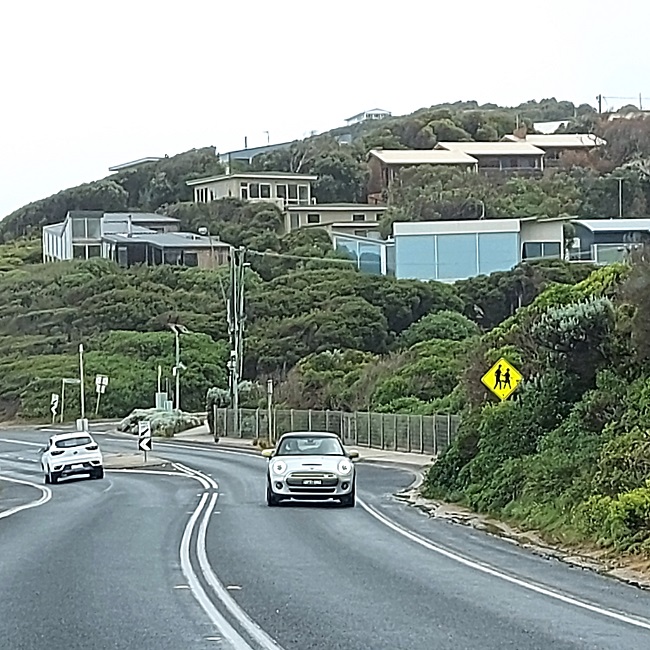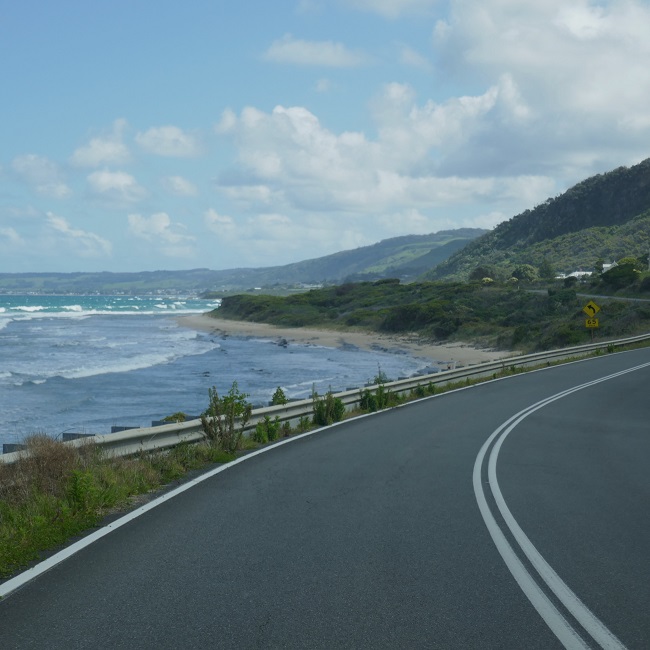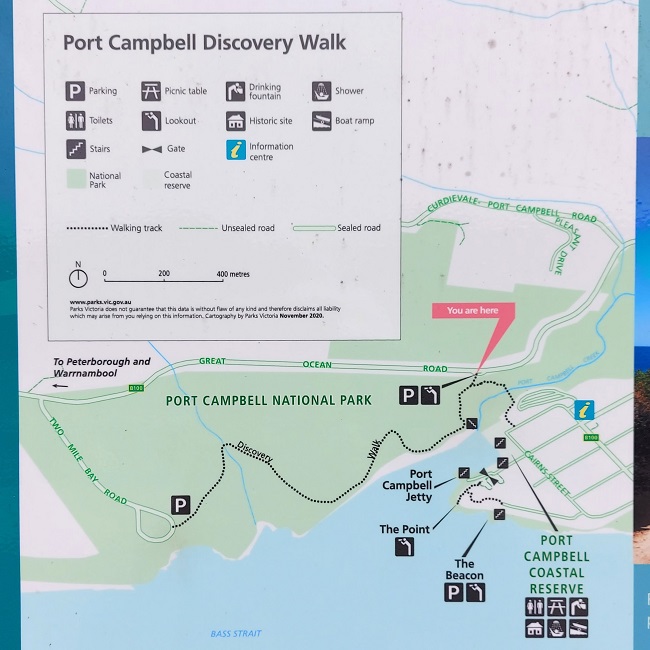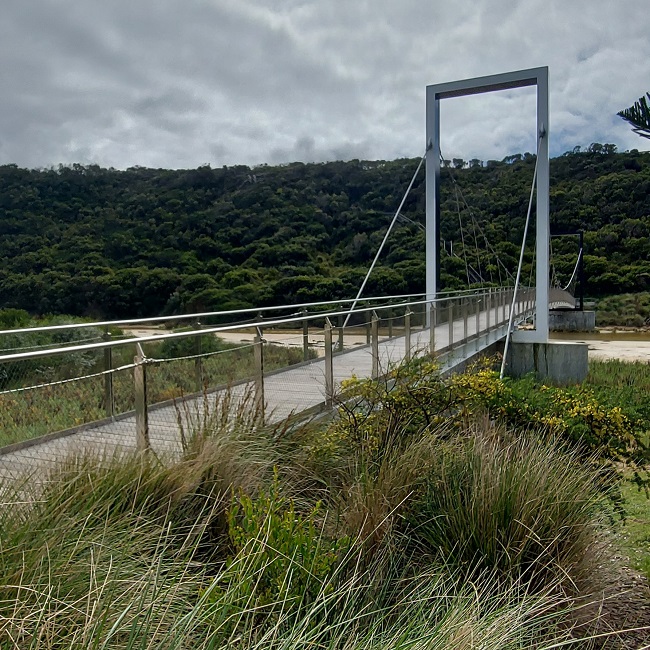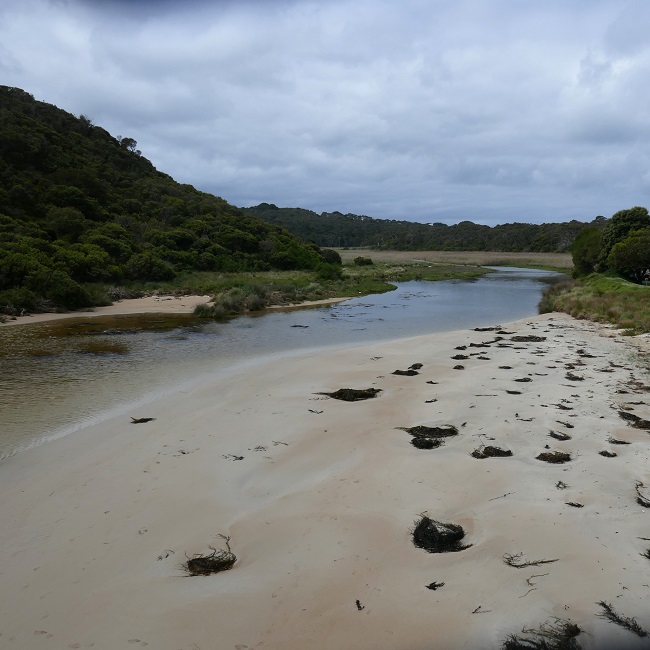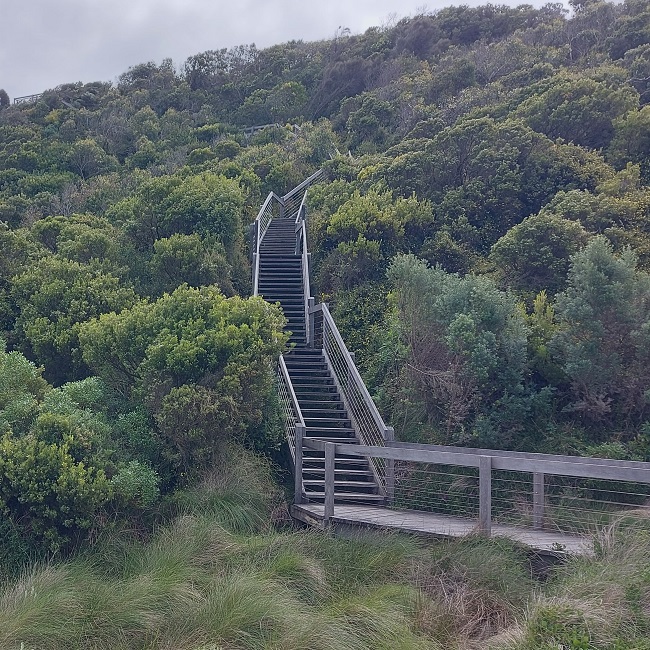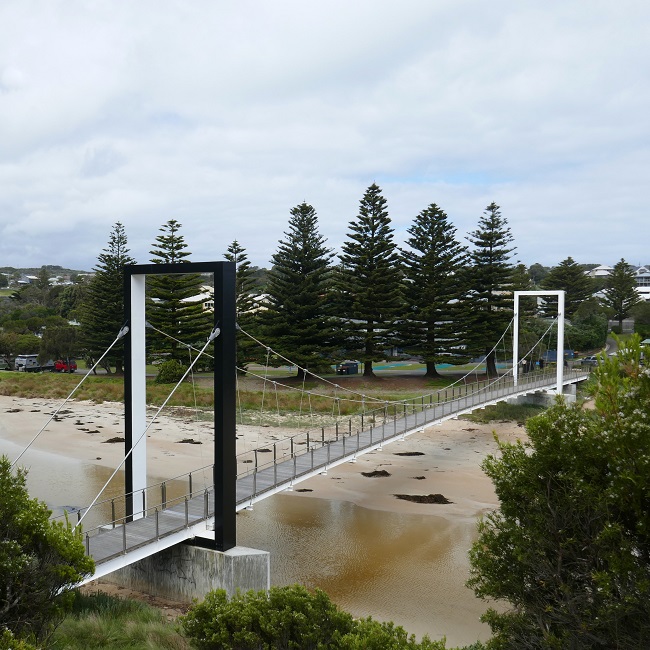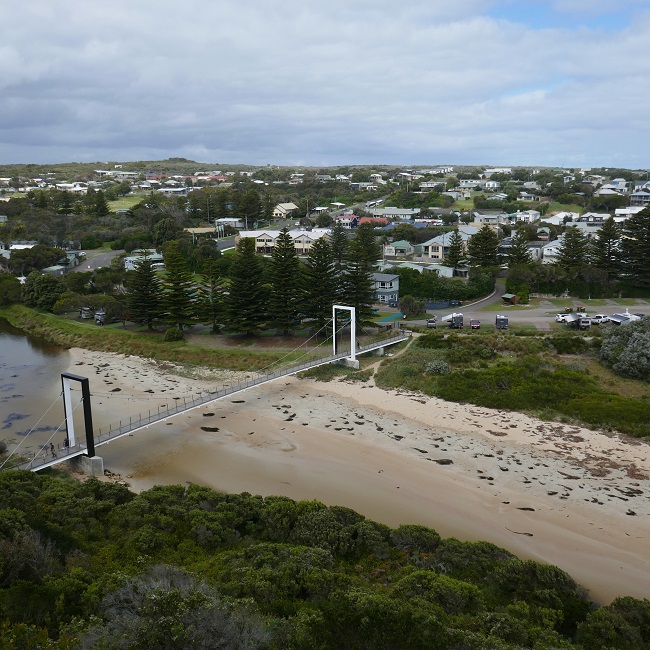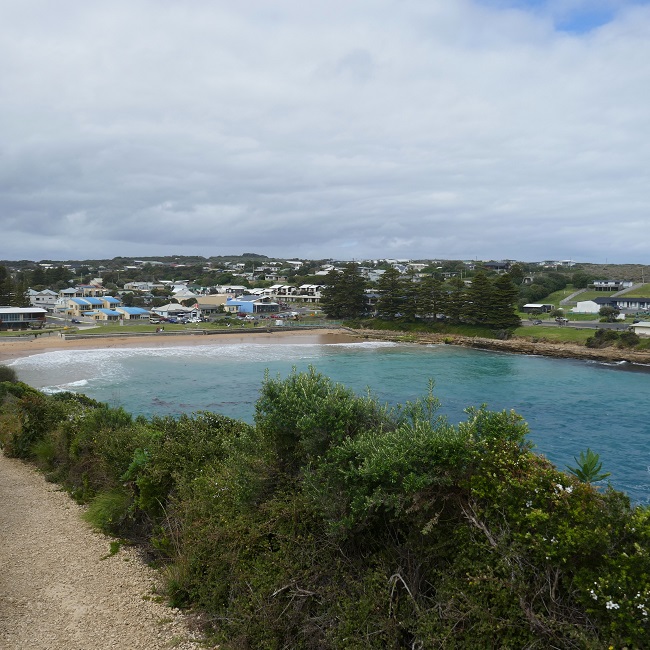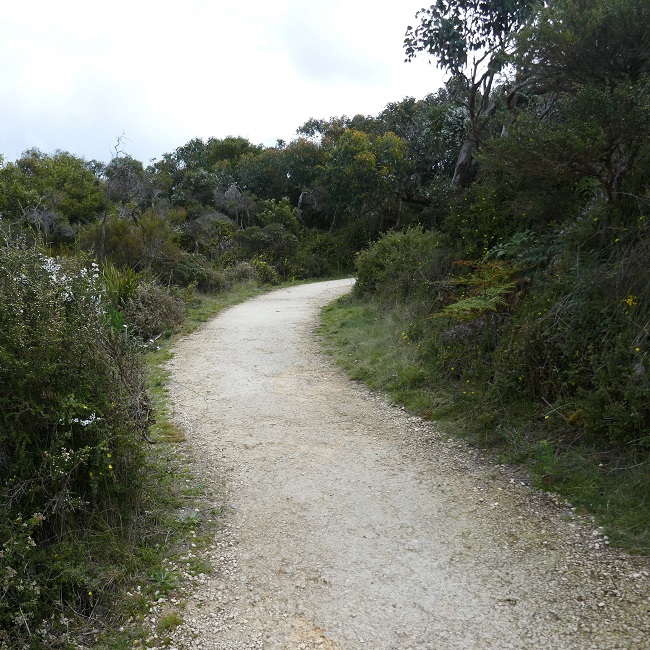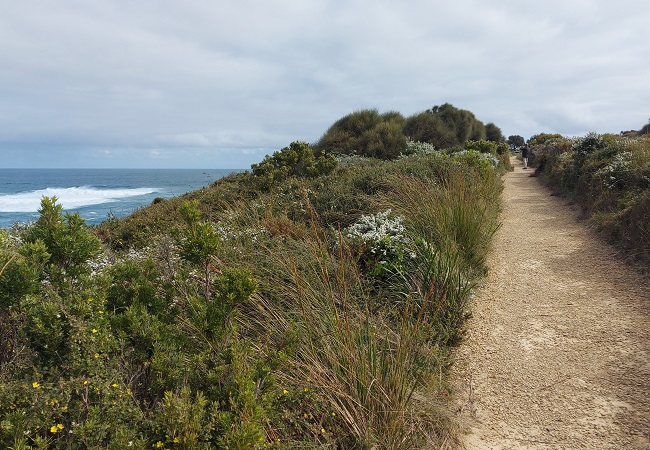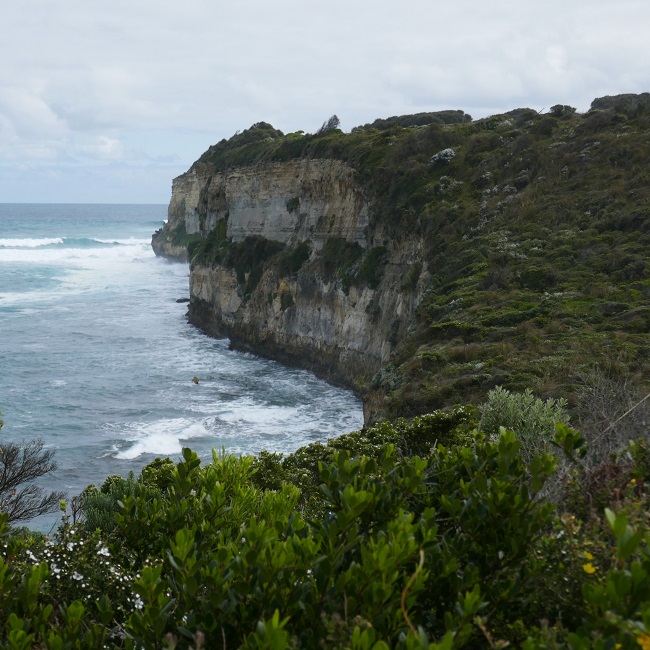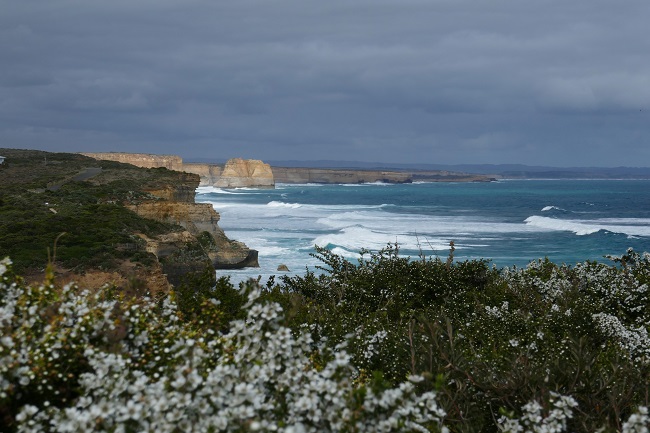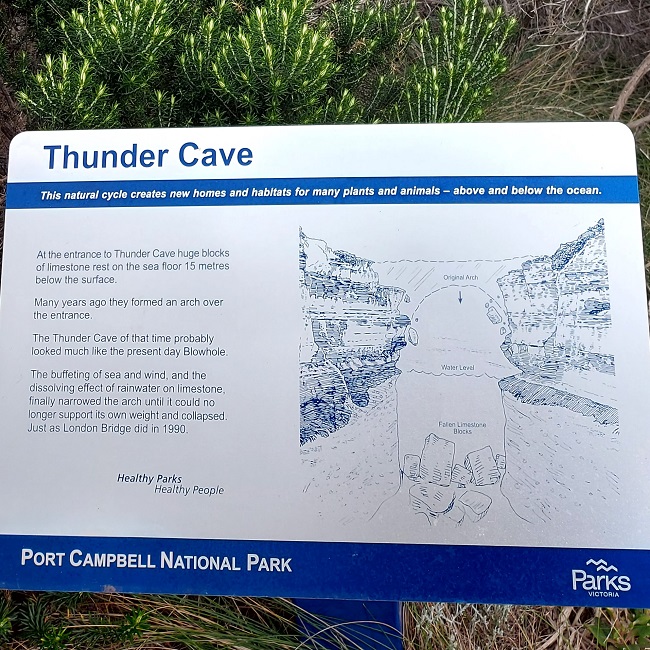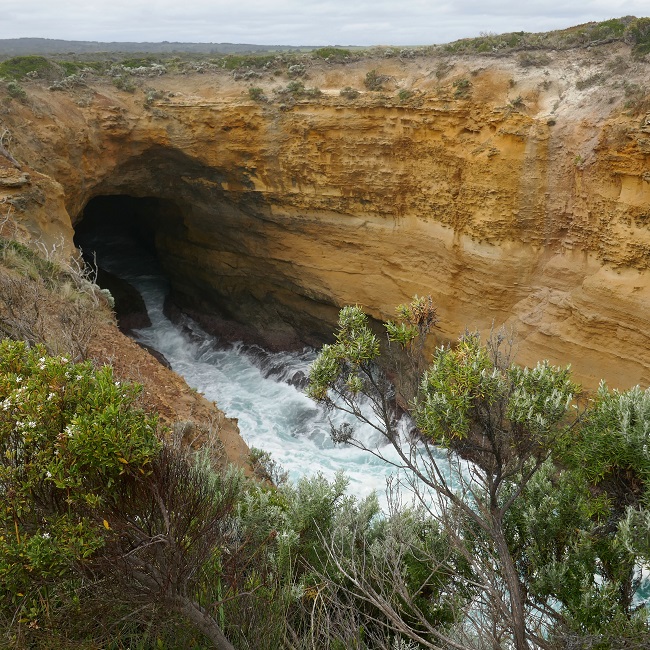Postcards from The Great Ocean Road ~ Joining Becky for May Squares, featuring scenes along Victoria’s iconic Great Ocean Road.
#SquaresRenew ~ moving forward, reconstructing, renewing or burgeoning
The heritage listed Great Ocean Road follows the coast of south-eastern Victoria from Torquay to Allansford for 241 kilometres, past beautiful sandy beaches and bays, through lush rainforests and over rugged limestone cliffs. Built by soldiers returned from World War One between 1919 and 1932, and dedicated to those who paid the ultimate sacrifice, the road is the world’s largest war memorial. Construction of the road provided employment for more than 3,000 returned servicemen, giving them purpose and providing much needed rehabilitation after the horrors of war. The Great Ocean Road linked towns along the coast previously only accessed by sea or tracks through the bush and created a route now acknowledged as one of the most scenic tourist drives in the world.
~
Even though the Great Ocean Road is only 243 kilometres long, we spent six days driving and exploring along this scenic route. On day seven we reached the western end of the road where it joins the A1.


A left hand turn would have taken us further along the Shipwreck Coast to places we’ve been before; the seaside city of Warrnambool, the historic town of Portland and beyond to a favourite of ours, the beautiful fishing village of Port Fairy.
But this time we turned right, heading east towards Colac then north to Ballarat to visit family. This was the start of our long journey home to Queensland – just another 1,800 kilometres to go!




